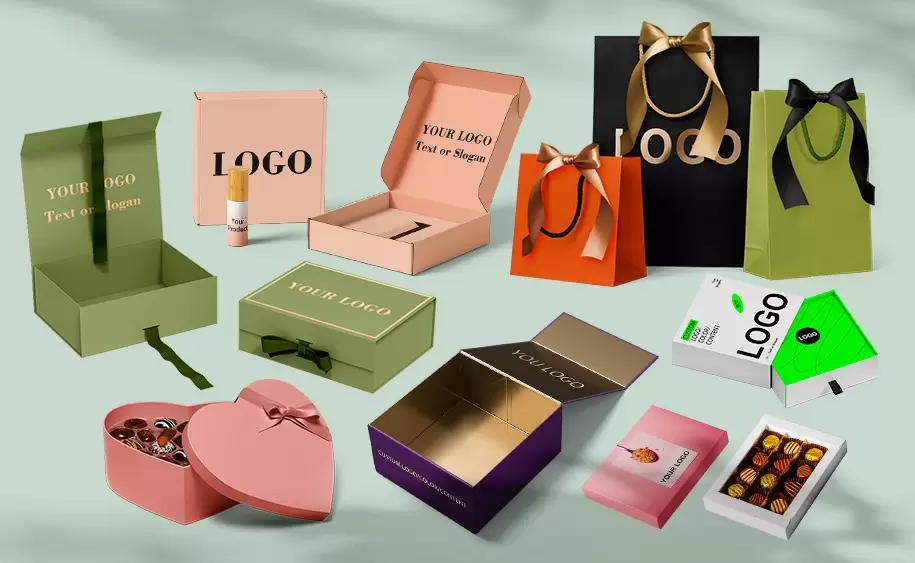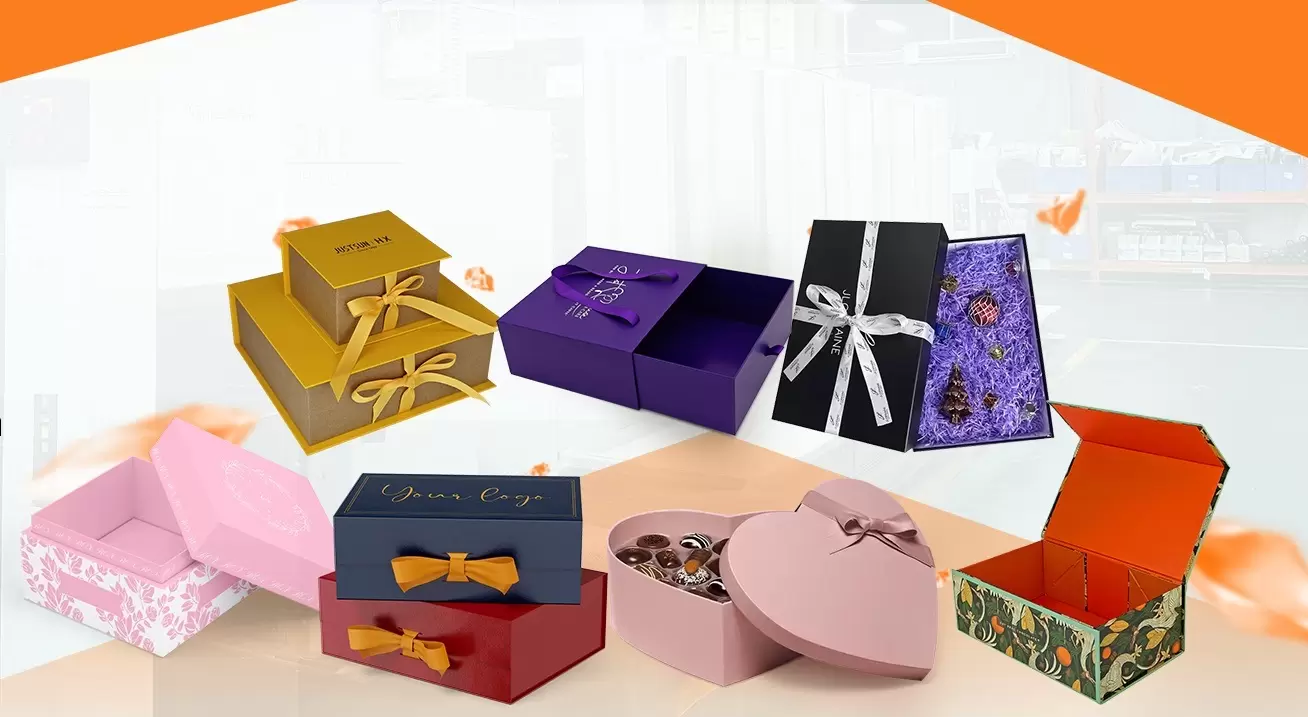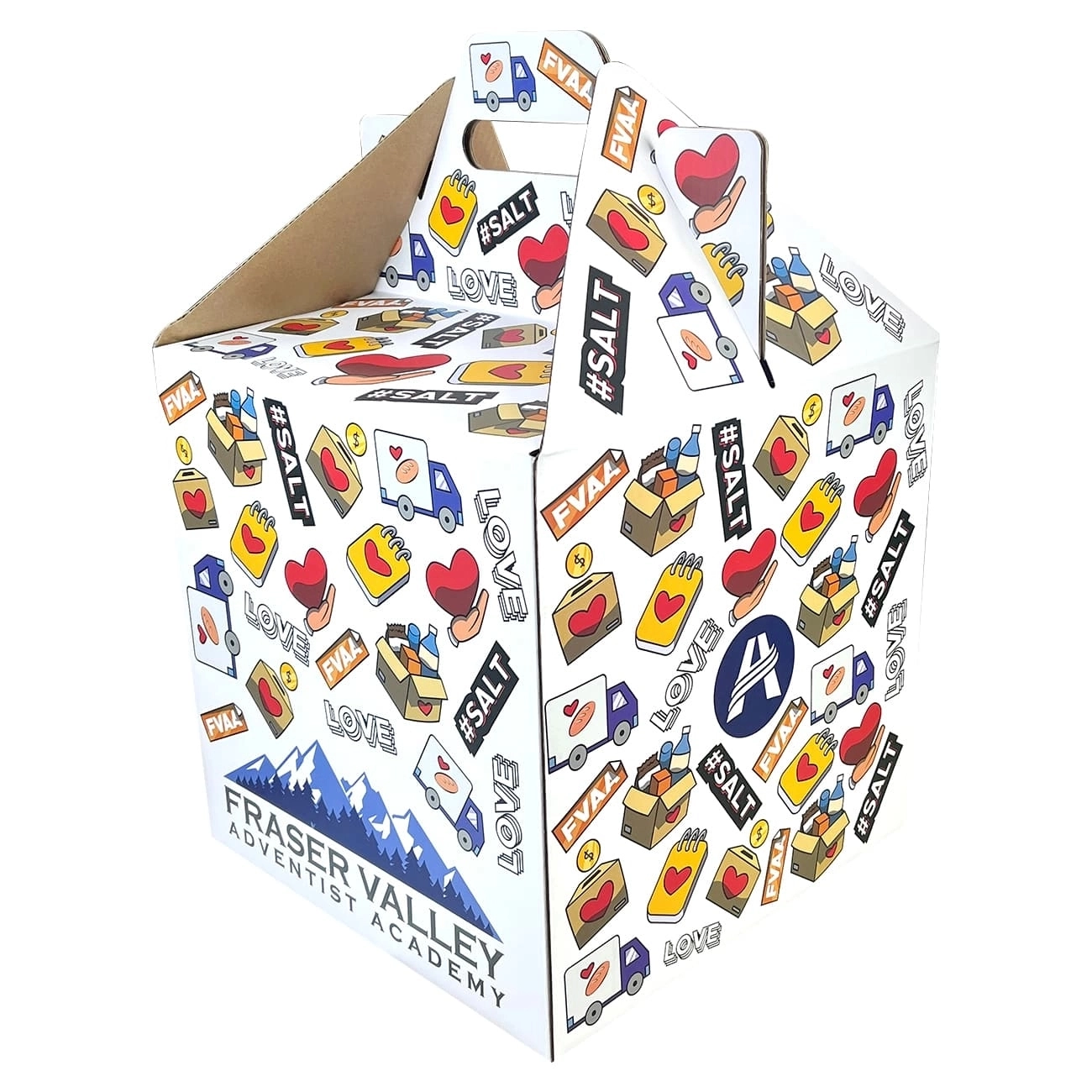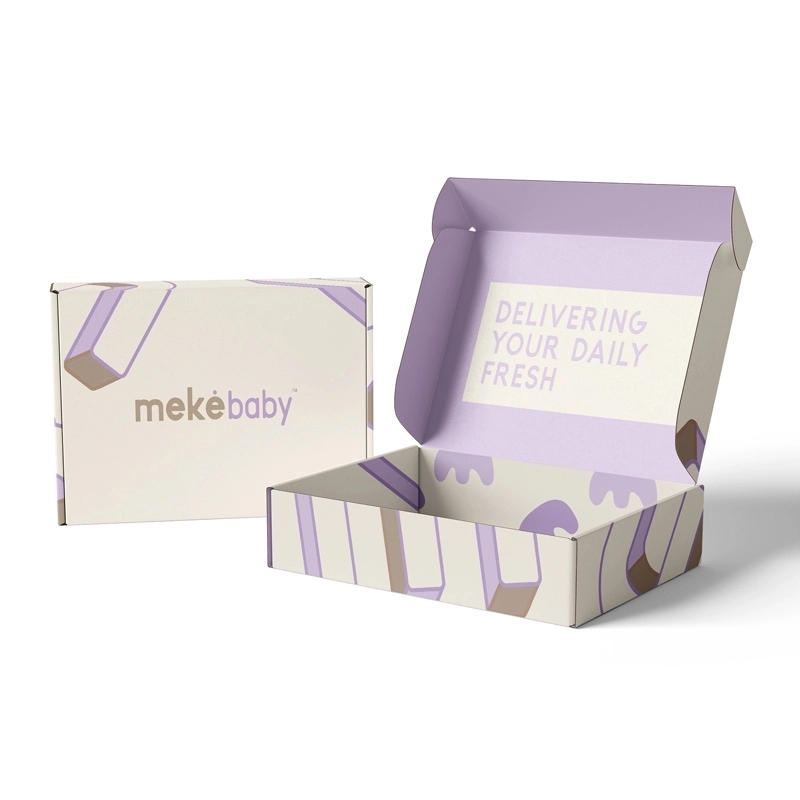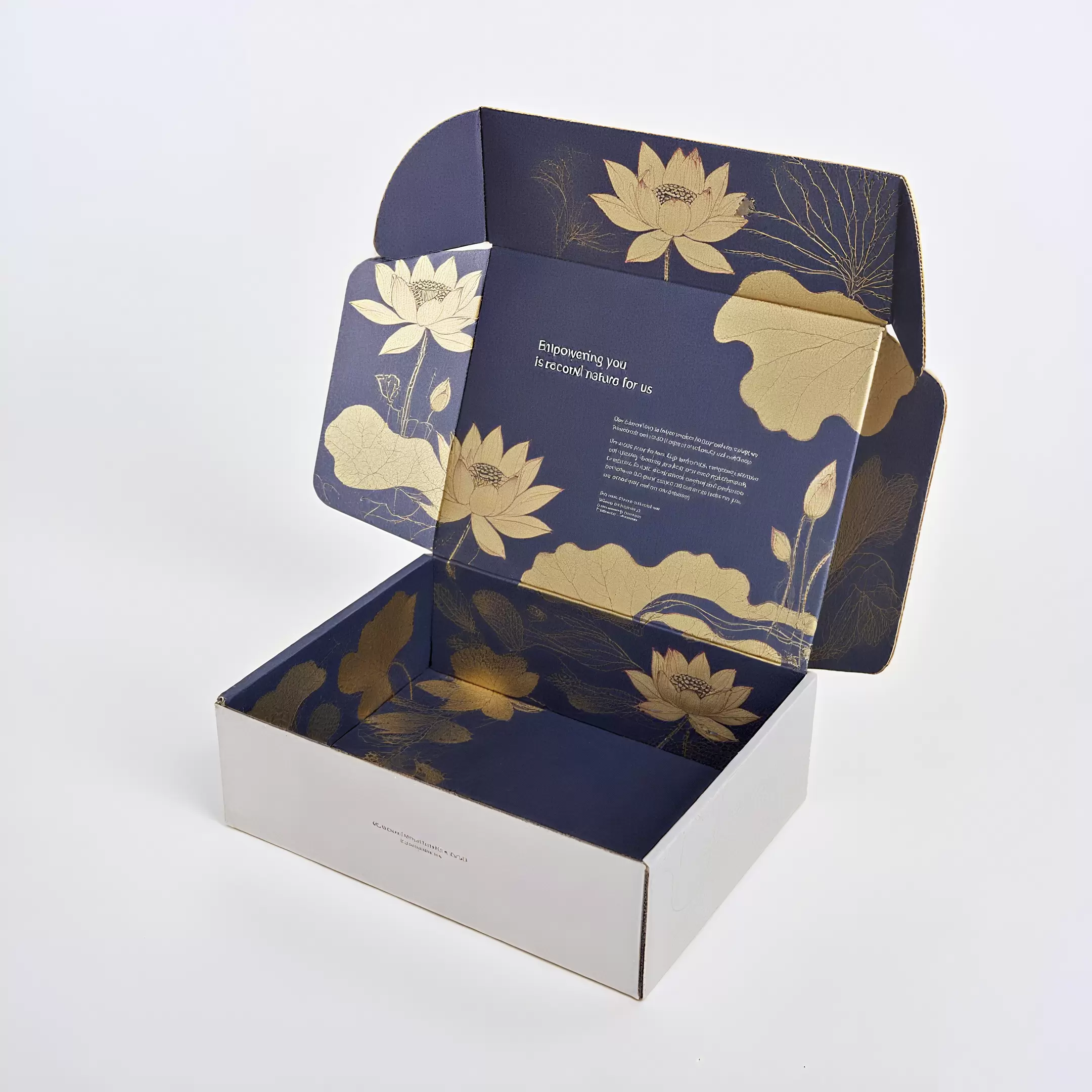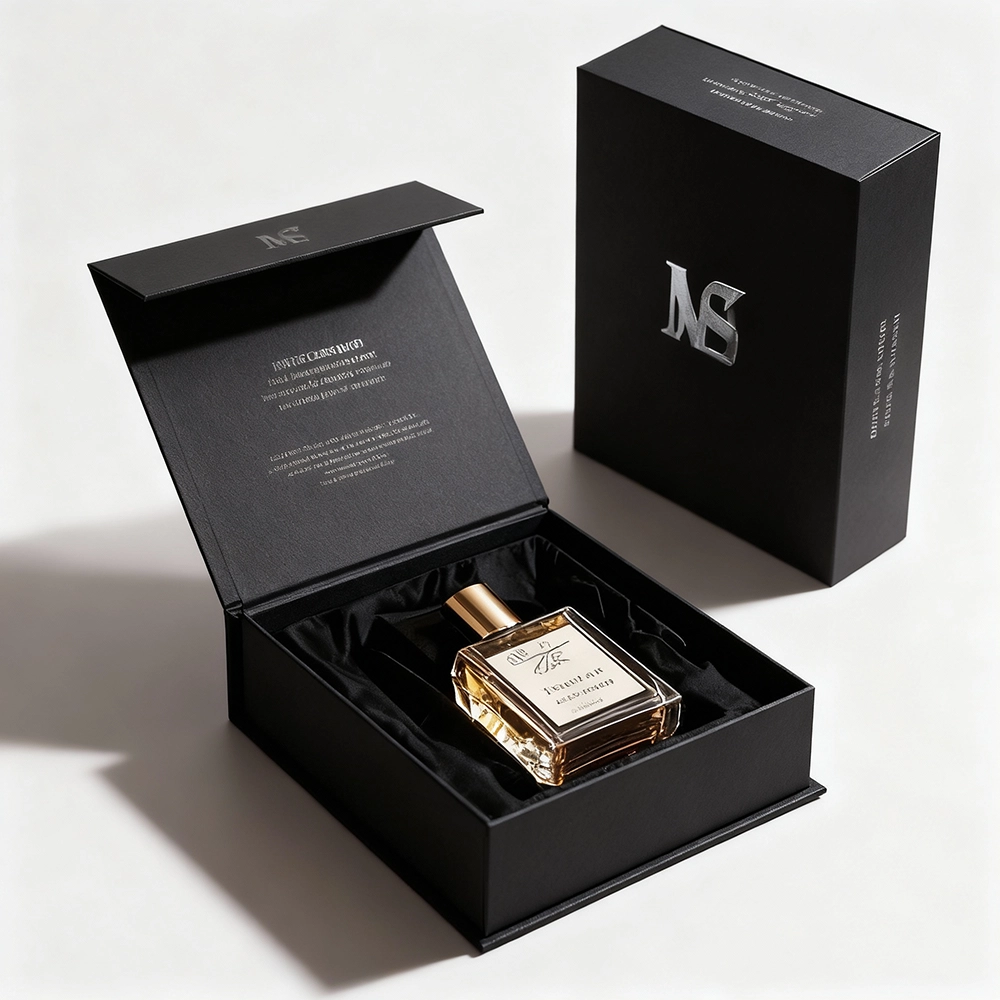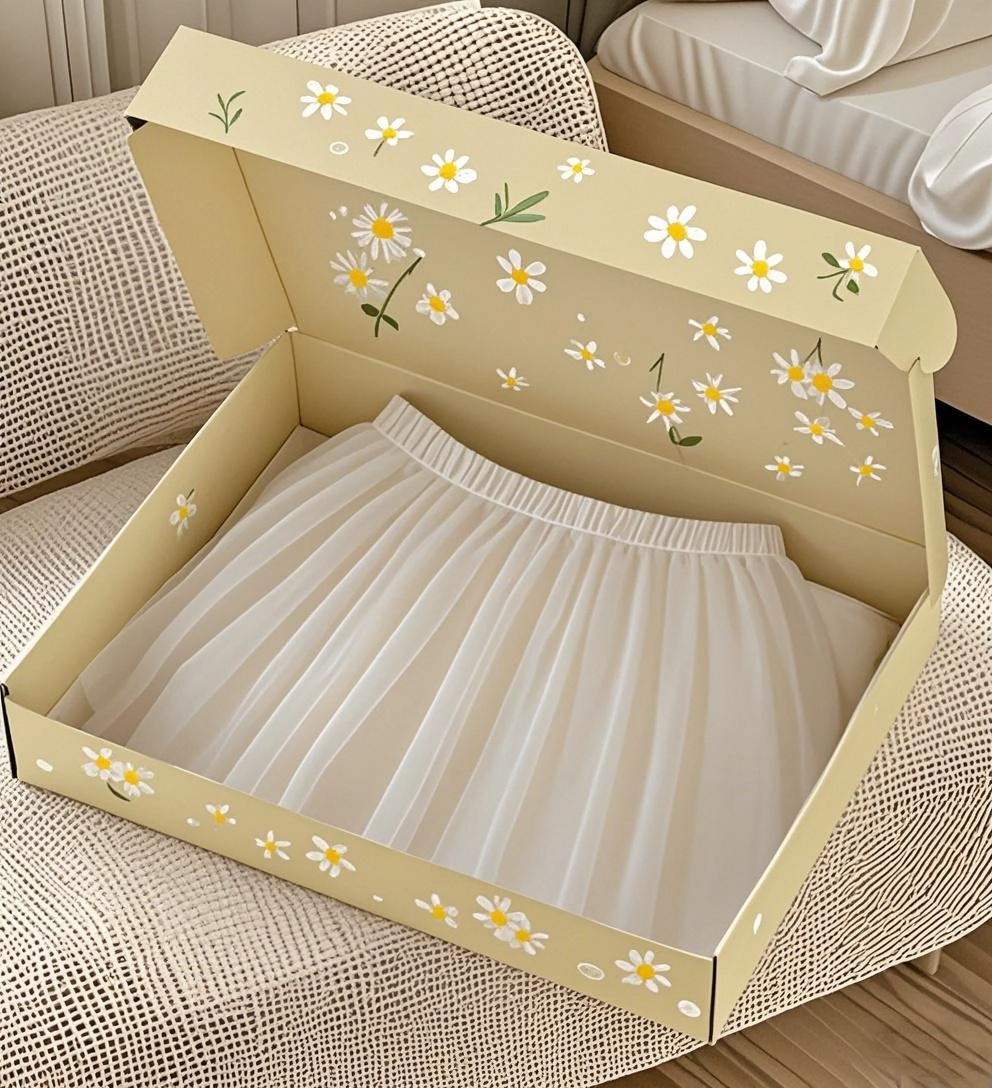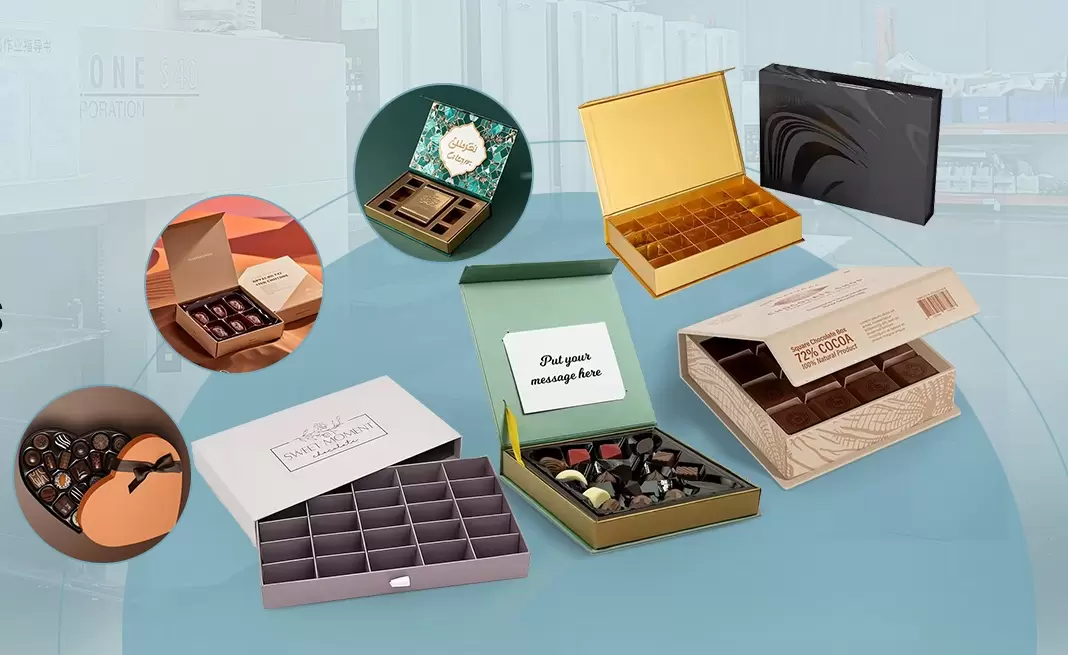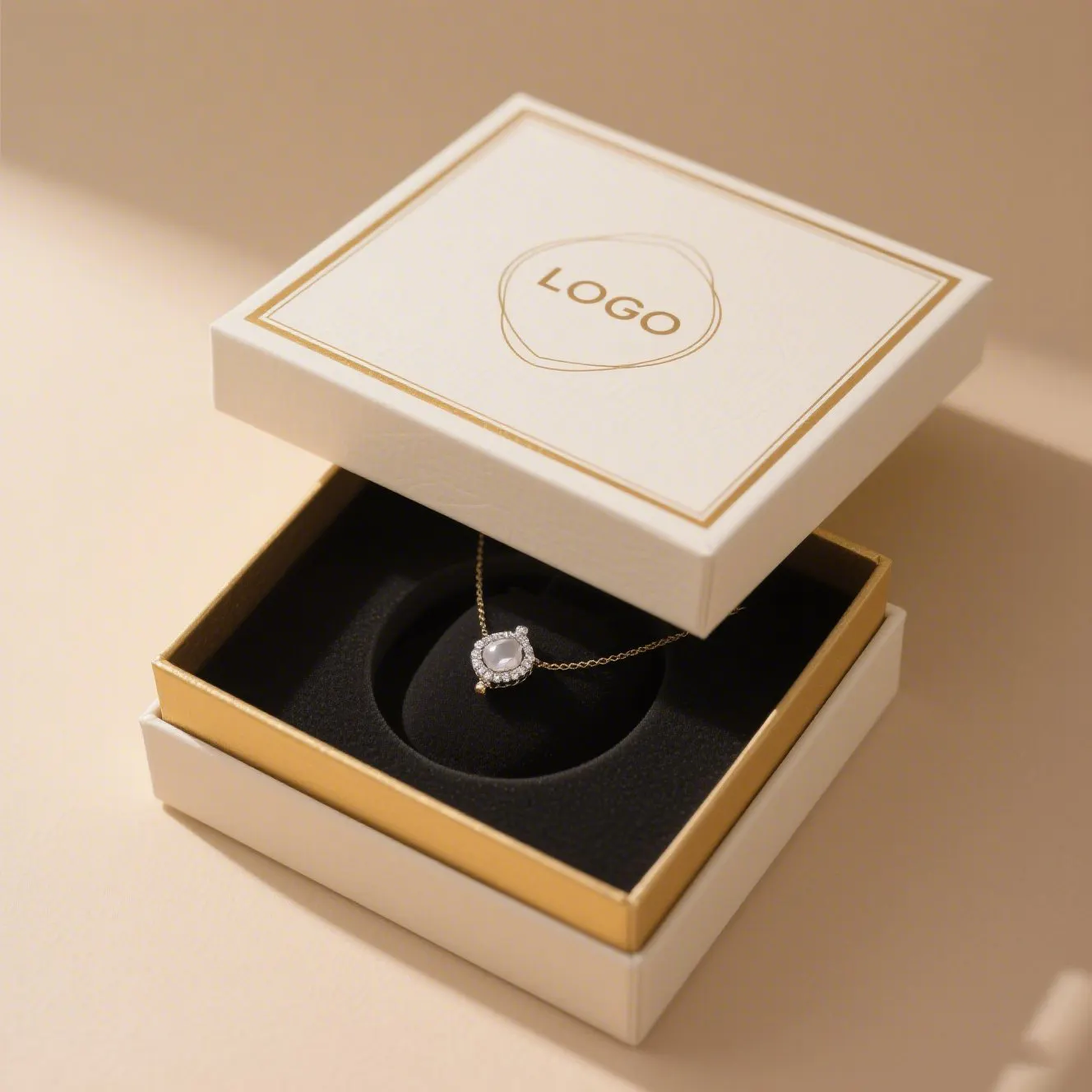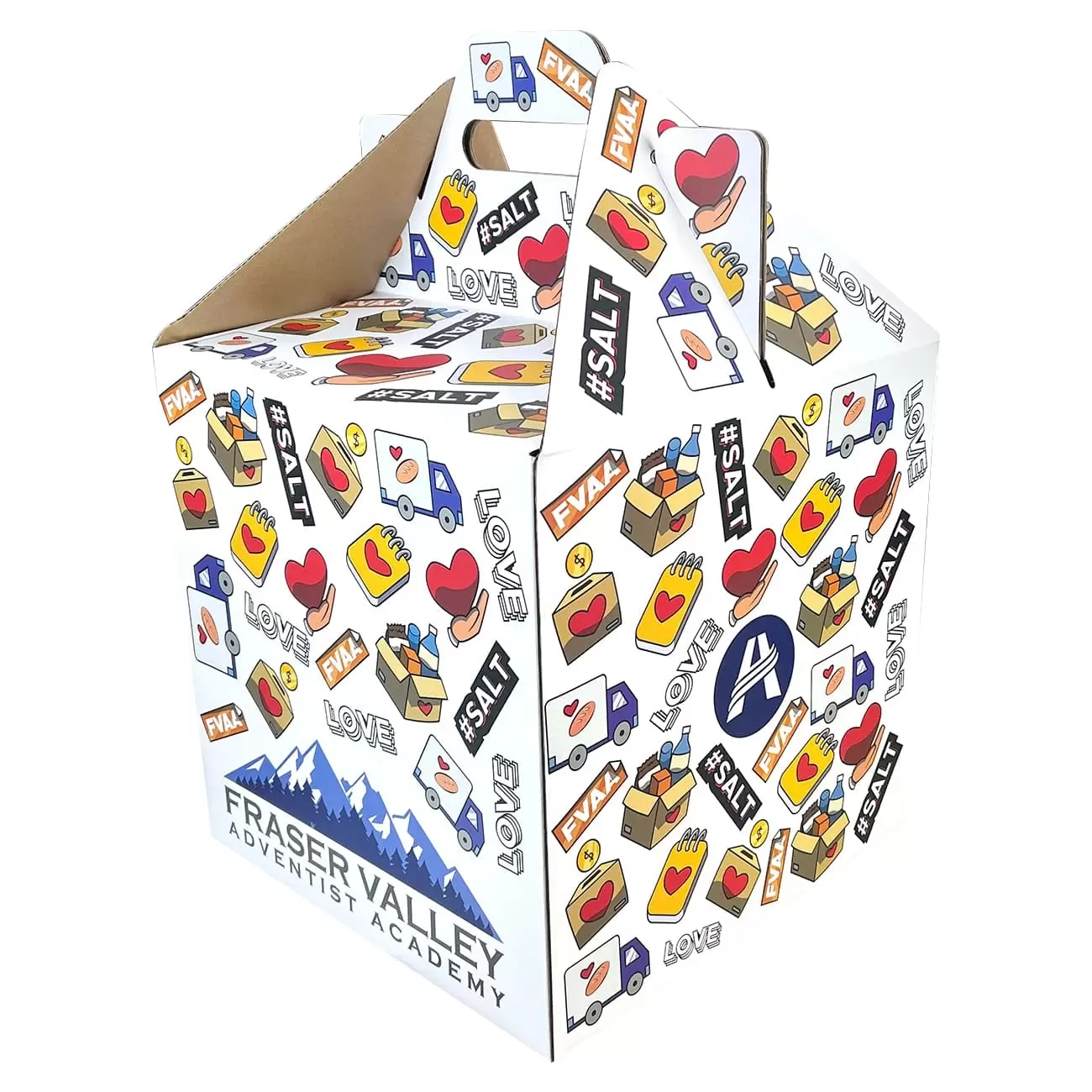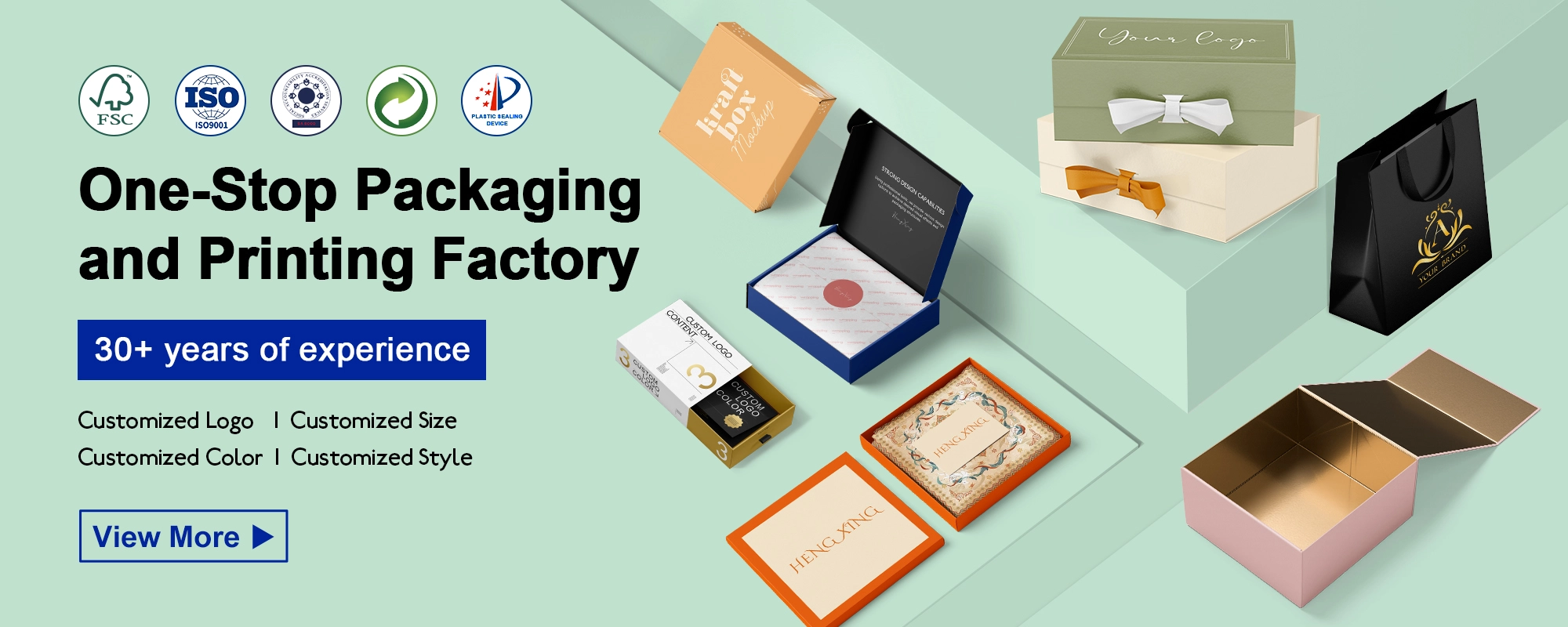
In a world full of commodities, packaging is not only the "second face" of commodities but also the emotional bond between brands and consumers. From exquisite gift boxes of luxury goods to practical packaging of daily necessities, cardboard has become the protagonist in the packaging field with its plasticity and environmental protection characteristics. Making a unique cardboard packaging box by hand can not only give the item a unique sense of ritual but also integrate creativity and thoughts into every crease and cut. Whether you want to add unique charm to gifts or create personalized storage for life, exploring the production journey of cardboard packaging boxes will start a handmade creation full of surprises.
There are generally the following steps to make a cardboard packaging box:
1. Design
Determine the Size
Determine the length, width, and height of the box according to the size, shape, and quantity of the items to be packaged. The buffer space of the items needs to be considered, and generally, a gap of 1-2 cm is reserved around the items.
Design Structure
Common cardboard box structures include swing lid, drawer, and box set. The simple swing lid is suitable for most products, such as cosmetics, food, etc.; the drawer structure is convenient for taking items and is often used for electronic products; the box set is more layered and suitable for high-end gifts.
Draw Drawings
Use design software (such as Adobe Illustrator or CorelDRAW) or draw the box expansion diagram by hand, marking the size of each part, the position of the fold line, and the cutting area.
2. Material Selection
Choose the type of cardboard
Common ones include corrugated cardboard, cardboard, etc. Corrugated cardboard has good compression resistance and cushioning properties and is suitable for packaging heavy or fragile items, such as home appliances, glass products, etc. Cardboard has a hard texture and a smooth surface, and is often used to package small and delicate items, such as jewelry, stationery, etc.
Determine the thickness of the cardboard
Select the thickness of the cardboard according to the weight of the item and the requirements for protection performance. Generally, light items can use 0.3-0.5 mm thick cardboard or single corrugated cardboard; medium-sized items should use 0.5-0.8 mm thick double corrugated cardboard; heavy items require corrugated cardboard thicker than 0.8 mm.
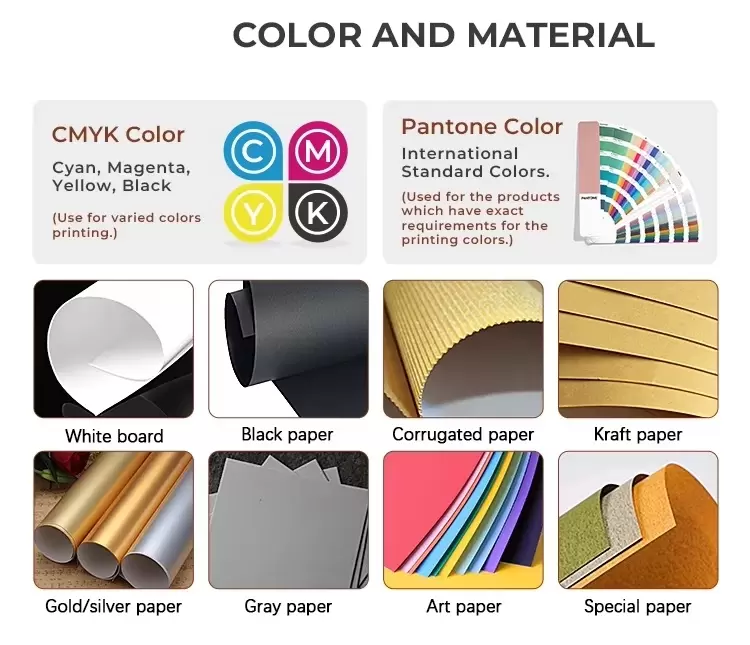
3. Production
Cutting Cardboard
Use a paper cutter, scissors, or a professional cutting machine to cut the cardboard according to the designed unfolding diagram. When cutting, pay attention to keeping the edges neat to avoid burrs or uneven cuts.
Folding and Forming
Fold along the pre-marked fold lines. For some complex structures, it may be necessary to use a bone knife or a crease machine to press clear creases on the cardboard first for better folding. After folding, use glue, tape, or a stapler to fix the interface to form the initial shape of the packaging box.
Decoration and Printing
According to design requirements, the packaging box can be printed to add product information, brand logo, pattern, etc. There are many printing methods, such as offset printing, digital printing, etc. If special effects are required, lamination, hot stamping, embossing, and other processes can also be performed to enhance the beauty and texture of the packaging box.
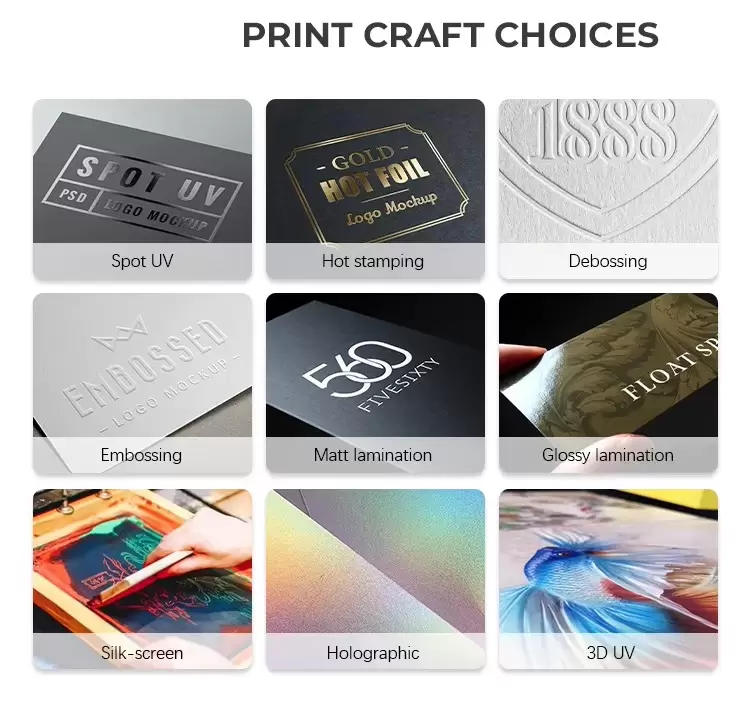
4. Quality inspection
Appearance inspection: Check whether there are stains, scratches, blurred printing, and other problems on the surface of the packaging box, whether the edges are smooth, and whether the corners are neat.
Structural inspection: Check whether the various parts of the packaging box are firmly connected, whether the movable parts, such as the swing cover and drawer, can open and close normally, whether the overall structure is stable, and whether it can withstand a certain amount of pressure.
Dimension inspection: Measure the internal and external dimensions of the packaging box to ensure that they are consistent with the design dimensions, and the error is controlled within ±1-2 mm to ensure that the items can be smoothly loaded into the packaging box and the packaging box will not be damaged or deformed due to size problems during transportation and storage.
5. Packing items
Put in cushioning materials: If the packaged items are easily damaged, you can first put foam, bubble pads, sponges, and other cushioning materials in the packaging box to wrap them and help absorb shock and protect them.
Loading items: Carefully put the items to be packed into the packaging box to ensure that the items are stable in the box and will not shake. For multiple items, arrange their placement reasonably to avoid squeezing or collision with each other.
Sealing the box: Close the lid or sealing part of the packaging box, and use glue, tape, etc. to seal it to ensure that the packaging box will not open automatically during transportation and handling.
— What is A Corrugated Cardboard Box?
A corrugated cardboard box is a container made of corrugated cardboard for packaging, transporting, and storing items. The following is a detailed introduction to it:
1. Structural Composition
Corrugated cardboard
It is made of face paper, lining paper, and corrugated core paper in the middle, bonded by adhesive. The corrugated core paper is wavy, which is the key structure of the corrugated cardboard with good compression resistance and cushioning. According to the shape of the corrugation, it can be divided into U-type, V-type, and UV-type. Among them, UV-type combines the advantages of U-type and V-type and is widely used.
Carton shape
Common corrugated cardboard boxes are rectangular and cube-shaped, and can also be customized into other shapes according to the shape of special items. Its structure mainly includes the bottom of the box, the cover of the box, and the surrounding walls, which are assembled by folding, bonding, or stapling.
2. Features and Advantages
Good compressive strength
The special structure of corrugated cardboard enables it to withstand greater pressure and protect the items in the box from being squeezed and damaged during transportation and storage.
Good cushioning performance
The wavy structure of corrugated core paper can absorb and disperse impact force and has a good protective effect on fragile and vulnerable items.
Lightweight
Compared with other packaging containers such as wooden boxes, corrugated cardboard boxes are lighter in weight, easy to handle and transport, and can also reduce transportation costs.
Low cost
The raw materials of corrugated cardboard are relatively abundant, and the production process is relatively mature, so the production cost is low, with a high cost performance.
Strong recyclability
Corrugated cardboard boxes are recyclable materials, meet environmental protection requirements, and are conducive to the recycling of resources.
3. Application areas
Logistics and transportation
Widely used in the transportation packaging of various products, such as electronic products, home appliances, daily necessities, food, etc., which can effectively protect goods from damage during long-distance transportation and multiple loading and unloading.
Warehouse packaging
Used for the storage and stacking of goods in the warehouse, it is convenient for classification management and stacking, and improves the utilization rate of storage space.
Sales packaging
The sales packaging of some products will also use corrugated cardboard boxes, such as the outer packaging boxes of large household appliances, which not only protect the products but also can print product information and promotional patterns on them, which has a certain marketing promotion effect.
Table of Contents
Latest Products
-
 Wechat
+8613616008761
Wechat
+8613616008761 -
 Email
Email
-
 Tel
+86-136-1600-8761
Tel
+86-136-1600-8761

 en
en es
es ru
ru fr
fr de
de it
it ja
ja ar
ar pt
pt ko
ko tr
tr nl
nl fi
fi